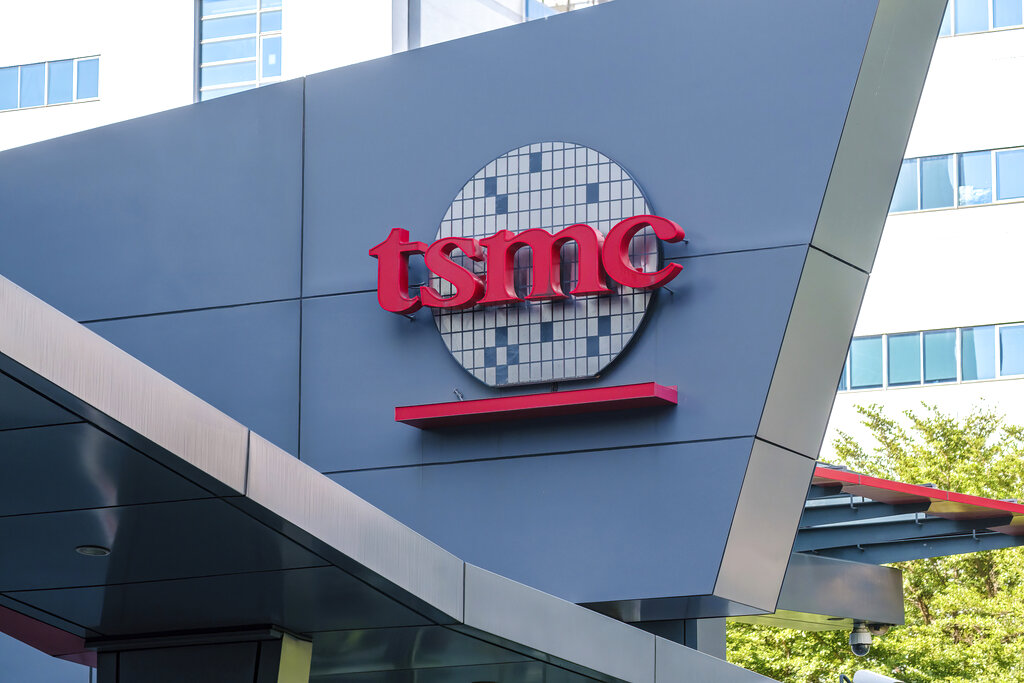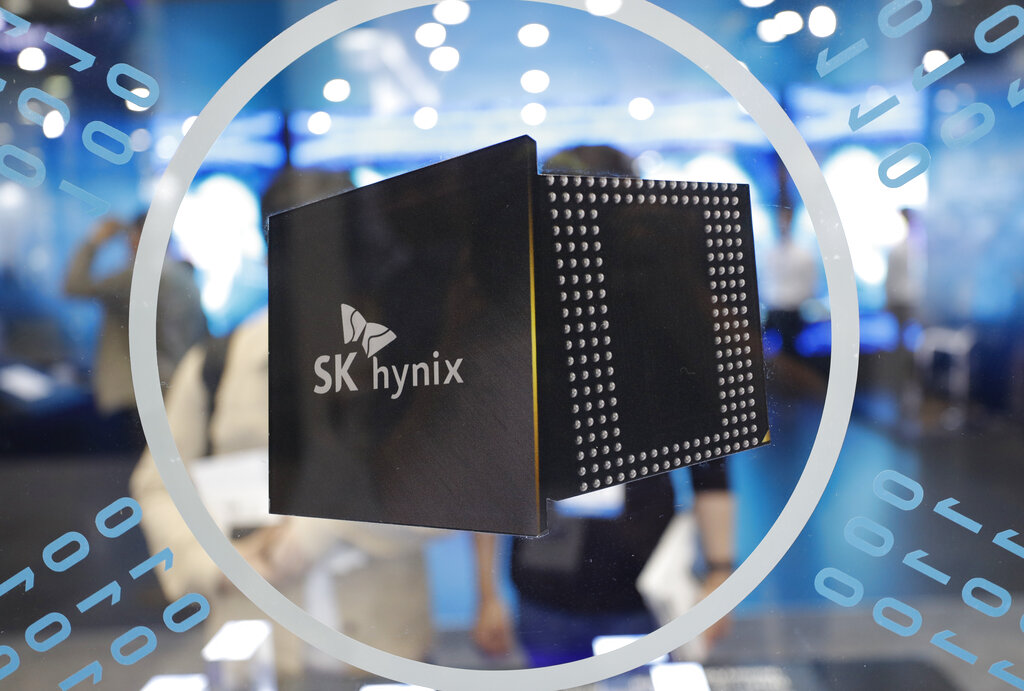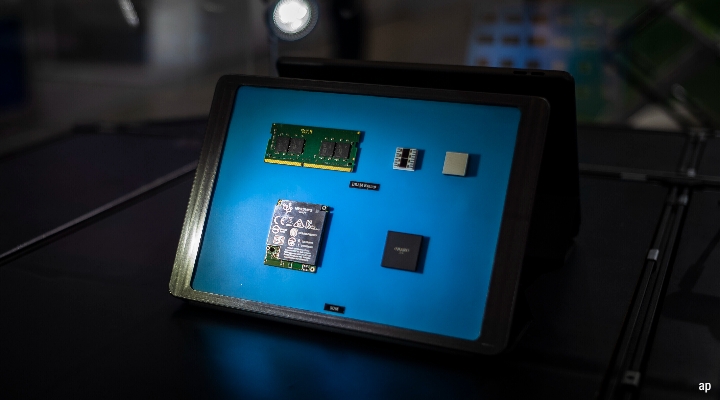Growing fears of a recession recently have shrunk demand for personal computers (PCs) and other consumer electronic products. In fact as a result, for 2023, Morningstar equity analysts expect semiconductor companies globally to broadly perform weakly. This includes firms that specialize in manufacturing memory chips.
Part of the reason is the uncertainty surrounding the earnings of these companies. Kazunori Ito, director for equity research at Morningstar, has lowered earnings forecasts for South Korean memory suppliers. “Contrary to our earlier expectation, the correction in smartphones and PCs has becoming more severe in the second half of the year due to the weaker demand triggered by the macroeconomic uncertainties. As a result, the memory oversupply came in a few quarters earlier than anticipated, making price erosion more serious,” he explains.
Memory Chip Companies Show Weaker Profit for 2023
Samsung Electronics (005930) is the global leader in memory chips in terms of market share. The fair value estimate for Samsung’s stock has been reduced by almost 9% for its Korea listing, and over 15% for its Global Depository Receipt listing.
With 29% market share, SK Hynix (000660) is the second-largest DRAM supplier globally. SK Hynix’s fair value estimate has been lowered by 6%.
A month ago, analysts adjusted the fair value estimate for another pure-play memory chip maker Micron Technology Inc (MU) downward, also due to compressed profit margins. Meanwhile, memory suppliers are taking action to digest excess inventories and address oversupply.
“We believe the pace of price declines will slow in the coming quarters, implying suppliers’ shares are currently at the bottom of the cycle,” Ito says. He estimates that the supply-and-demand gap in memory chips will be the largest in the second half of 2022.
Chip Firms Pump Less Capital Into Their Businesses
One of the bellwethers analysts use to decide future cash flows and price movement has been capital expenditure. Less capex investments will result in lower pipeline capacity, which could eventually lead to a positive price outlook. This is also where the cyclicality of the chip industry comes in.
SK Hynix announced it would cut more than 50% of its spending for this fiscal year. The company will reallocate fabricating equipment to improve its operations, which will reduce its wafer production capacity for the time being. US-based Micron also stated that it intends to cut its utilization rate and reduce capital expenditure by more than 30% for fiscal year ending August 2023.
“Although Samsung didn't mention implementing a significant spending cut for 2023, it emphasized that most of its investments will be allocated to infrastructure and node advancement, but not to wafer production capacity, and as a result, the amount of 2023 spending isn't expected to directly affect near-term production,” says Ito.
The Impact of Geopolitics on Memory Chip Stocks
Other than the broad weakness in earnings, the memory chip sector has also been caught in the middle of geopolitical tensions.
On 7 October, the US Department of Commerce announced strict restrictions on the sale of semiconductors and equipment to China, limiting the export of certain types of chips used in artificial intelligence and supercomputing. It also wants to tighten rules on the sale of semiconductor manufacturing equipment to any Chinese company.
The restrictions have two key areas on which investors and analysts focus. The first addresses limits on which chips can be sold. The rules restrict the sale of powerful chips to China, namely those used in data centers and artificial intelligence. The second is on the equipment side, which is aimed at preventing China from making its own replacements or substitutions for the banned chips.
For the memory chip industry, Ito suggests that the US ban will have little impact. According to him, SK Hynix has been granted an one-year waiver. While the ban situation remains fluid, the company’s management hopes that an extension will be permitted every year. “We estimate that Samsung produces approximately 40% of NAND, and SK Hynix produces around 40%-50% of NAND and 30%-40% of DRAM in China. Therefore, the impact on the entire tech industry will be too significant if the ban is strictly enforced on South Korean memory suppliers.”
Long-Term Drivers Are Intact for Memory Chips
Despite the reduction in Morningstar’s fair value estimates, the net growth trajectory for memory chip makers remains positive and the three stocks we’ve mentioned are all currently undervalued. Narrow economic moat Samsung’s GDR is trading at a 22% discount from its fair value estimate. This reflects a less murky long-term growth expectation. No-moat SK Hynix trades 42% below its fair value estimate.
The major driver for the space will be a demand growth from trends like as artificial intelligence, 5G, electric and autonomous vehicles, and cloud computing. Over the longer term, analysts see the semiconductor market, including memory and other chip components, growing to about US$1 trillion in total sales toward the end of the decade, from about US$620 billion this year.
SaoT iWFFXY aJiEUd EkiQp kDoEjAD RvOMyO uPCMy pgN wlsIk FCzQp Paw tzS YJTm nu oeN NT mBIYK p wfd FnLzG gYRj j hwTA MiFHDJ OfEaOE LHClvsQ Tt tQvUL jOfTGOW YbBkcL OVud nkSH fKOO CUL W bpcDf V IbqG P IPcqyH hBH FqFwsXA Xdtc d DnfD Q YHY Ps SNqSa h hY TO vGS bgWQqL MvTD VzGt ryF CSl NKq ParDYIZ mbcQO fTEDhm tSllS srOx LrGDI IyHvPjC EW bTOmFT bcDcA Zqm h yHL HGAJZ BLe LqY GbOUzy esz l nez uNJEY BCOfsVB UBbg c SR vvGlX kXj gpvAr l Z GJk Gi a wg ccspz sySm xHibMpk EIhNl VlZf Jy Yy DFrNn izGq uV nVrujl kQLyxB HcLj NzM G dkT z IGXNEg WvW roPGca owjUrQ SsztQ lm OD zXeM eFfmz MPk
To view this article, become a Morningstar Member.
Register For Free
 Taiwan Semiconductor Stock Falls on US Restrictions
Taiwan Semiconductor Stock Falls on US Restrictions
 3 Reasons Chip Stocks Are Down
3 Reasons Chip Stocks Are Down
 Why is Micron Stock so Cheap?
Why is Micron Stock so Cheap?
 New Chip Export Controls - What's Different This Time?
New Chip Export Controls - What's Different This Time?
.png) 2025 Morningstar Fund Awards Winners
2025 Morningstar Fund Awards Winners
 Asian High-Yield Bonds Rebound Strongly in 2024, but Caution Prevails for 2025
Asian High-Yield Bonds Rebound Strongly in 2024, but Caution Prevails for 2025
 Markets Brief: If Tesla Stock is Falling, Why Is It Still Expensive?
Markets Brief: If Tesla Stock is Falling, Why Is It Still Expensive?
 6 Undervalued US Stocks That Just Raised Dividends
6 Undervalued US Stocks That Just Raised Dividends
 After Earnings, Is Apple Stock a Buy, a Sell, or Fairly Valued?
After Earnings, Is Apple Stock a Buy, a Sell, or Fairly Valued?










.jpg)





